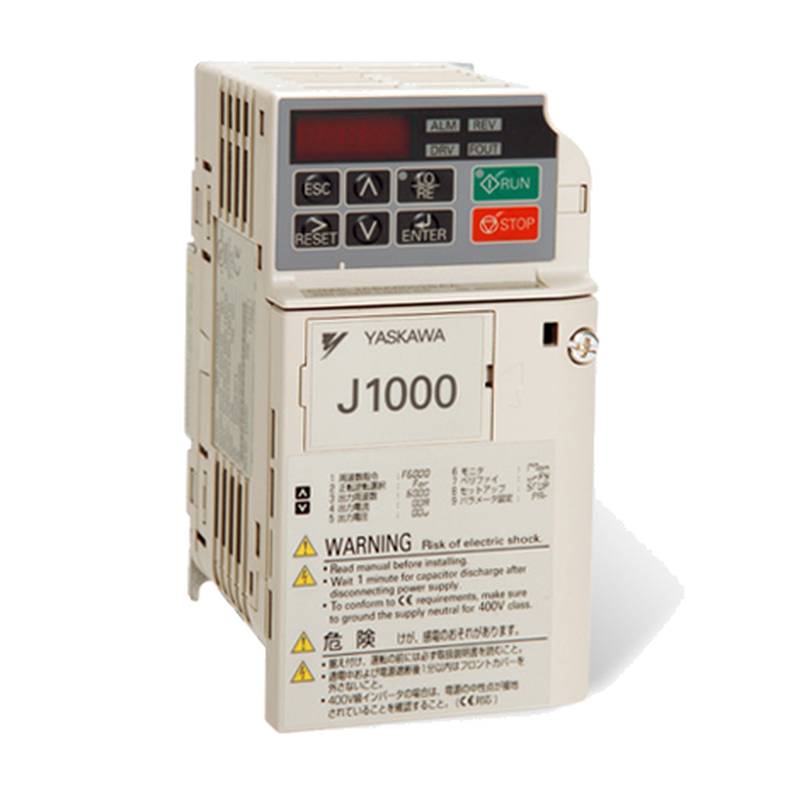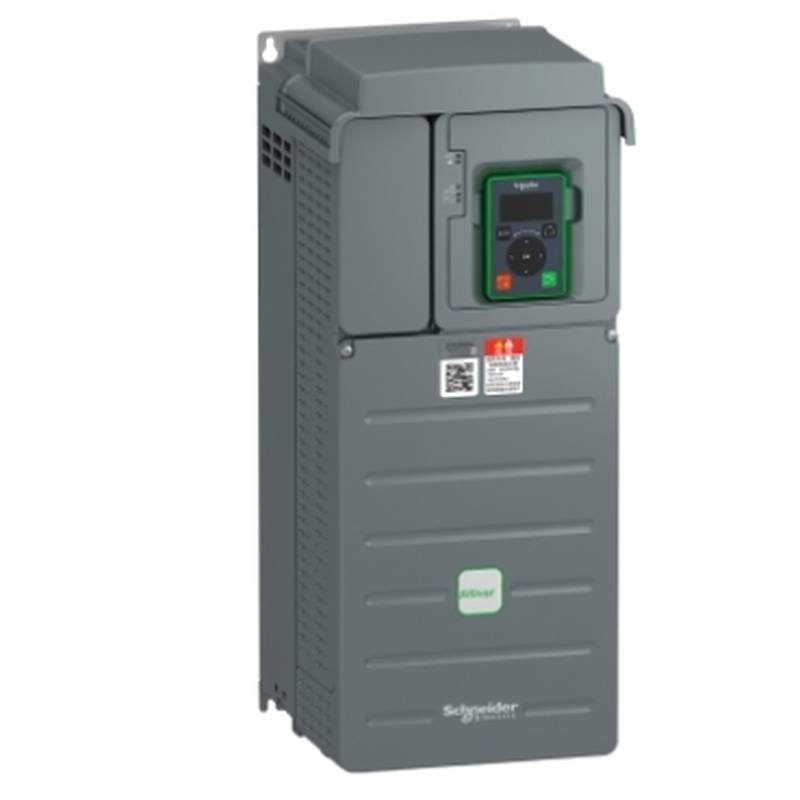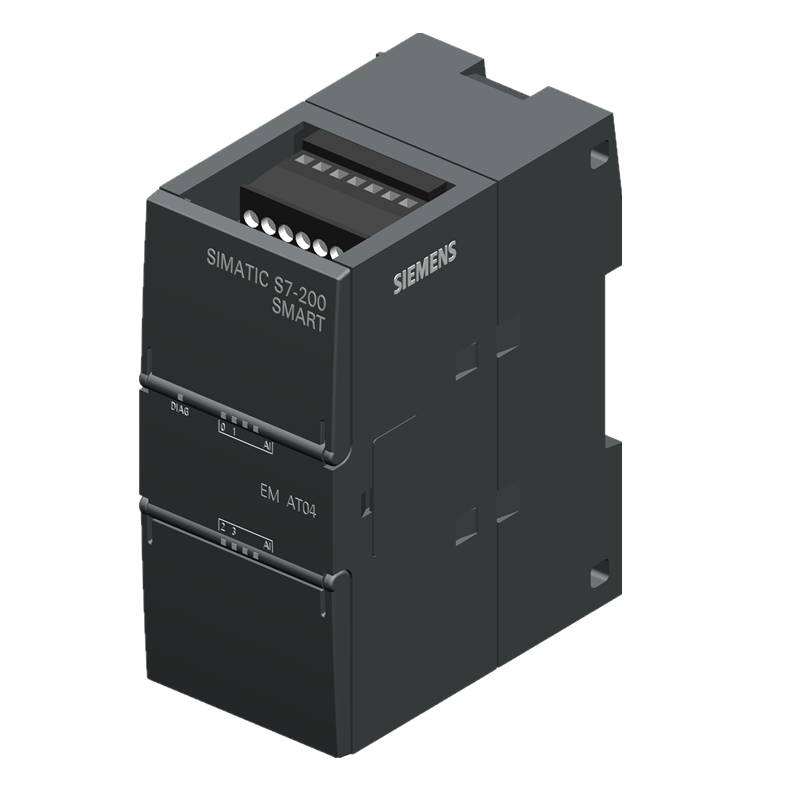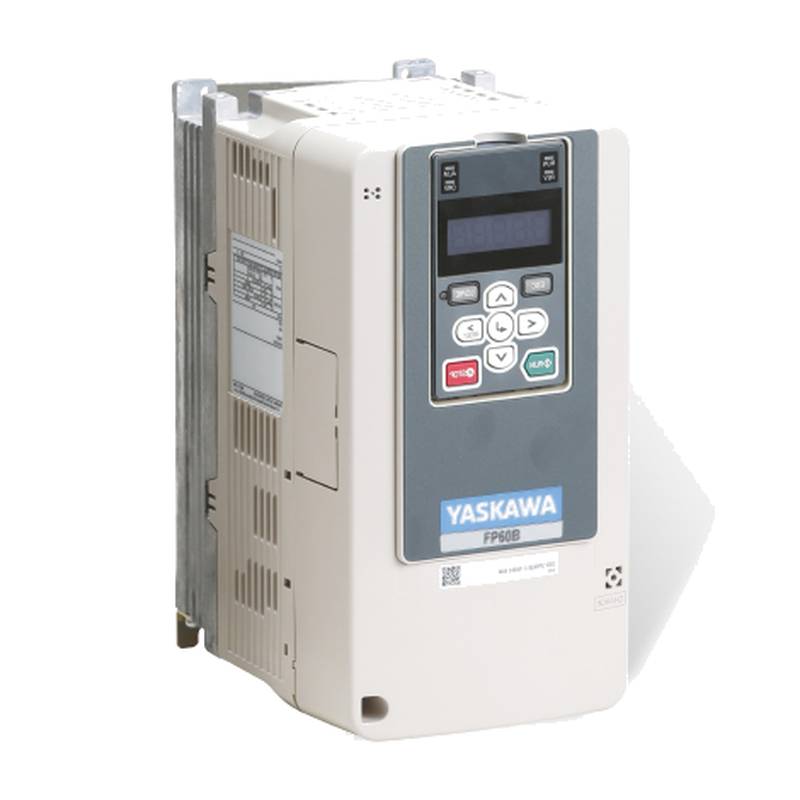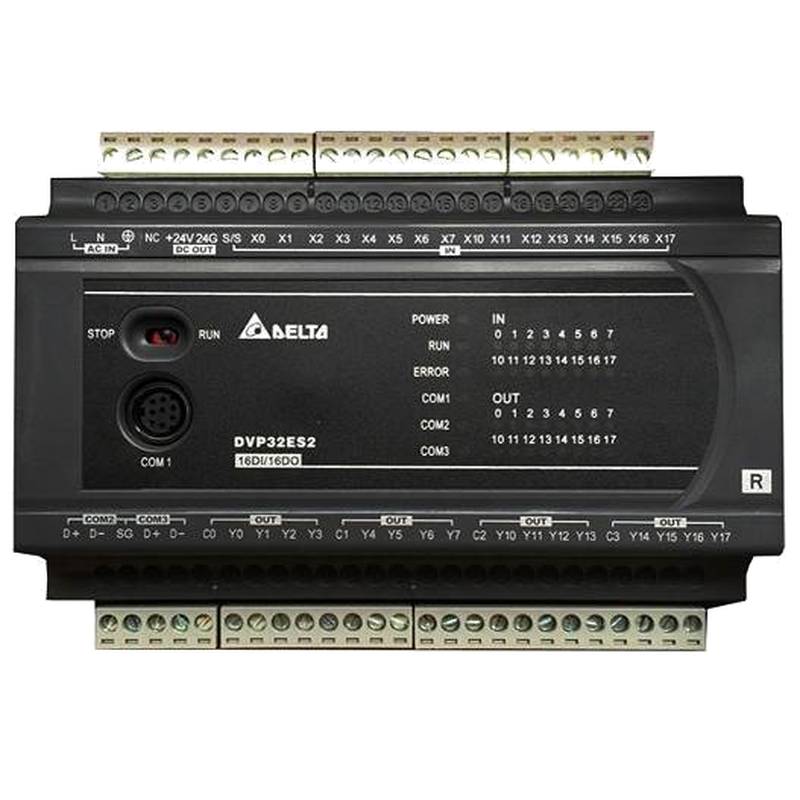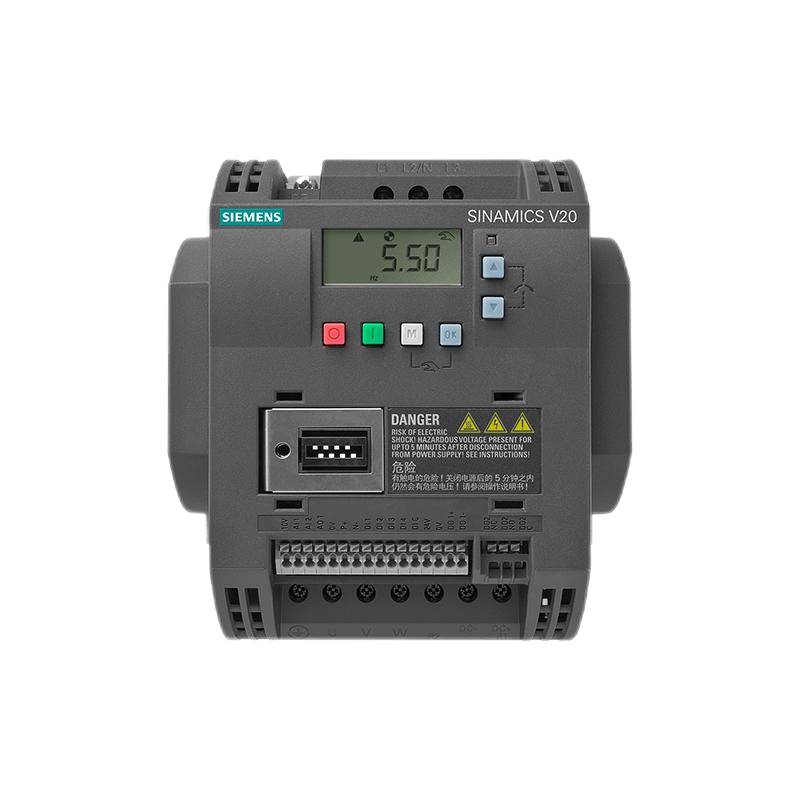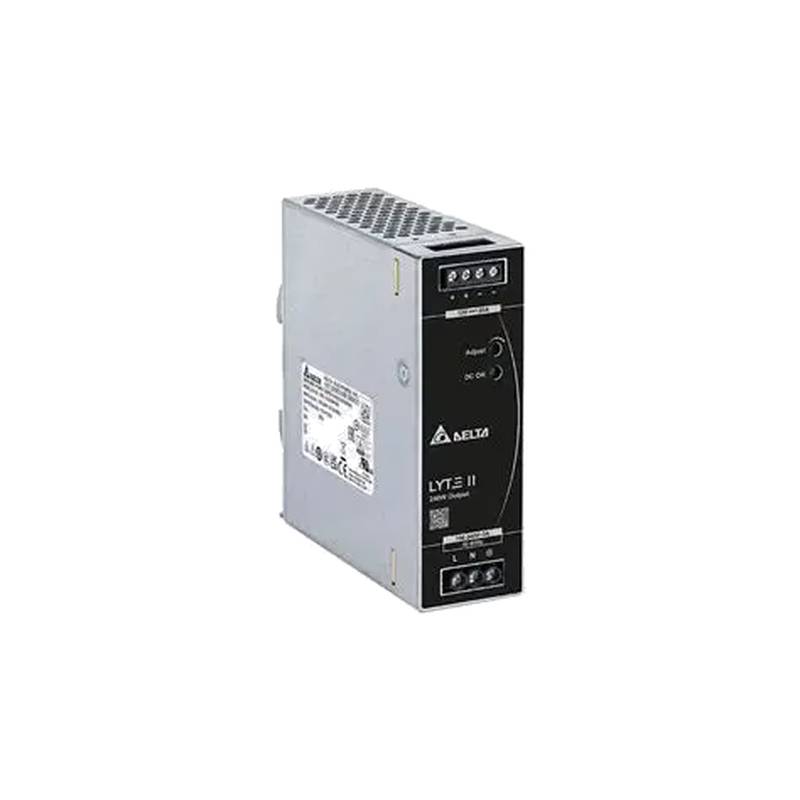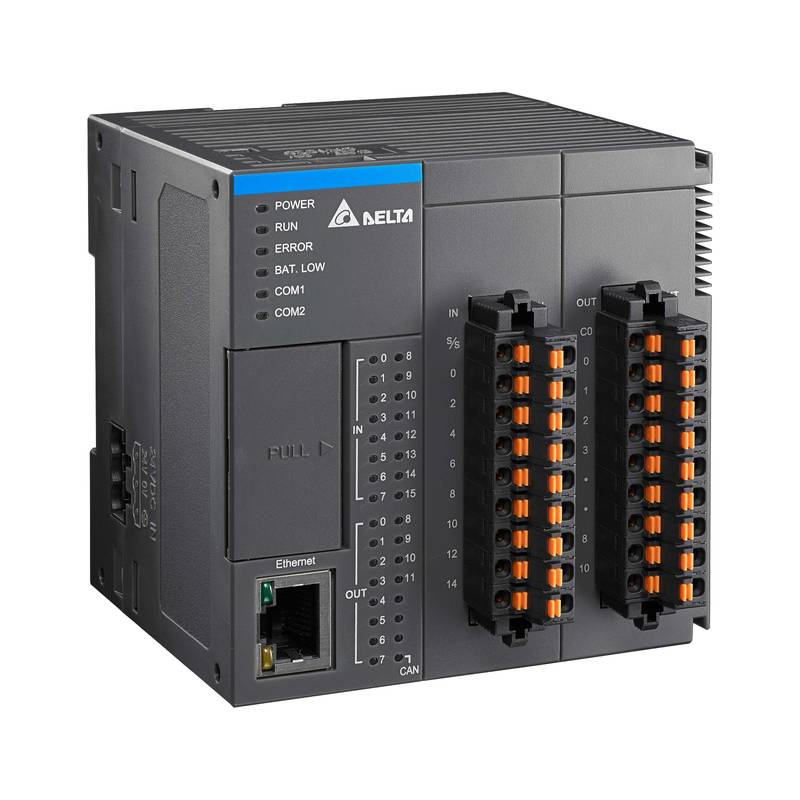
The YASKAWA J1000 Series inverter, specifically the JB4A0007BBA model, is engineered for optimal control of small pump applications, delivering a robust 2.2kW of power and handling a 5.5A current. This compact yet powerful drive offers significant advantages, including precise speed control, enhanced energy efficiency, and simplified setup, making it an ideal solution for HVAC, water management, and general industrial pumping systems. Its core features emphasize reliability and ease of use, positioning it as a go-to choice for engineers seeking dependable performance in demanding environments.
Product Specifications
| Specification | Value |
| :------------ | :---- |
| Model | YASKAWA JB4A0007BBA |
| Series | J1000 |
| Rated Output Power | 2.2 kW |
| Rated Output Current | 5.5 A |
| Input Voltage | 200-240V AC (3-Phase) |
| Output Voltage | 200-240V AC (3-Phase) |
| Frequency Output | 0 to 400 Hz |
| Protection Class | IP20 |
| Dimensions (H x W x D) | 160 x 130 x 120 mm |
| Ambient Temperature | -10 to 50 °C |
Core Features & Market Positioning
The YASKAWA J1000 JB4A0007BBA distinguishes itself through its advanced sensorless vector control, which provides precise speed regulation even under fluctuating loads, a critical factor for pump performance. This technology minimizes the need for external sensors, reducing system complexity and cost. Furthermore, its integrated digital operator allows for intuitive parameter setting and monitoring directly on the unit. The inverter's compact footprint and side-by-side mounting capability are key differentiators, enabling efficient use of panel space in installations where room is at a premium. Yaskawa's reputation for robust design and long-term reliability further solidifies the J1000's market position as a dependable solution for small pump control.
Key Application Scenarios
This J1000 inverter is exceptionally well-suited for a variety of pump control applications. In HVAC systems, it ensures optimal water circulation by precisely matching pump speed to demand, thereby improving comfort and reducing energy consumption. For water supply and wastewater management, the JB4A0007BBA facilitates constant pressure control and efficient operation of booster pumps and circulation pumps, minimizing water hammer and system wear. Its versatility also extends to general industrial settings, where it can be employed for various fluid transfer tasks requiring controlled flow rates and motor speed management.
Practical System Integration Guidance
Integrating the YASKAWA JB4A0007BBA into existing systems is streamlined due to its straightforward wiring and parameter setup. The unit accepts standard 3-phase input power and provides 3-phase output to the motor. For initial setup, basic parameters such as motor rating (voltage, frequency, current, poles) and desired speed control method (V/f or sensorless vector) are essential. The digital operator facilitates quick configuration, and for more advanced applications, parameters for acceleration/deceleration times, output frequency limits, and fault reset can be readily adjusted. Careful attention to local electrical codes and safety regulations during installation is paramount.
Operation and Risk Mitigation
Safe and efficient operation of the YASKAWA J1000 inverter hinges on adherence to operational guidelines and understanding potential fault conditions. Overcurrent, overvoltage, and undervoltage are common protection features designed to safeguard the drive and motor. For instance, if an overcurrent fault (often indicated by an F001 code) occurs, troubleshooting may involve checking for motor overload, incorrect parameter settings, or insufficient power supply capacity. Proper ventilation around the inverter is crucial to prevent overheating, and ensuring the drive is correctly grounded mitigates electrical risks. Always refer to the product manual for detailed troubleshooting of specific error codes.
Scalability & Long-Term Value
While the J1000 Series is designed for direct control, its value extends through Yaskawa's commitment to interoperability. The J1000 Series inverters are compatible with various communication protocols, allowing for integration into larger automation systems and IIoT platforms when combined with appropriate communication modules. This provides a pathway for data acquisition, remote monitoring, and predictive maintenance, enhancing long-term operational efficiency. The robust build quality and Yaskawa's established support network ensure longevity and minimize total cost of ownership for users relying on the JB4A0007BBA for their critical pump control needs.
Frequently Asked Questions (FAQs)
Q1: What is the maximum motor size for the YASKAWA JB4A0007BBA?
The YASKAWA JB4A0007BBA inverter is rated for 2.2kW and 5.5A output.
This capacity is typically suitable for standard 2.2kW (3 HP) three-phase motors.
Always ensure your motor's nameplate data (kW, A, PF) is within these inverter limits.
Q2: Can this inverter be used for single-phase pump motors?
No, the JB4A0007BBA is designed for three-phase motor operation.
It requires a three-phase input power supply to function correctly.
Using it with a single-phase motor requires a phase converter, which is not integrated.
Q3: What are the typical applications for the J1000 inverter?
This inverter is ideal for small pump control in HVAC systems.
It's also commonly used for water circulation and booster pumps in building services.
General industrial fluid transfer and fan speed control are other suitable applications.
Q4: How is the YASKAWA JB4A0007BBA installed?
Installation requires mounting the unit in a well-ventilated control panel.
Ensure proper electrical connections for input power and motor output.
Follow wiring diagrams precisely and adhere to all safety regulations.
Q5: What kind of motor control does the J1000 offer?
It supports both V/f control and advanced sensorless vector control.
Sensorless vector control provides excellent speed regulation without feedback.
This ensures precise performance even under varying load conditions.
Q6: What is the input power requirement for this inverter?
The JB4A0007BBA operates on a 200-240V AC, 50/60Hz three-phase input.
It is important to match the input voltage to your local power supply.
Verify your power source is stable and within the specified voltage range.
Q7: Does the J1000 support communication protocols?
Yes, with optional communication cards, it can integrate into networks.
Protocols like Modbus RTU are commonly supported via optional modules.
This allows for remote monitoring and control in automated systems.
Q8: What is the protection rating of this inverter?
The YASKAWA JB4A0007BBA has an IP20 protection rating.
This means it is protected against solid objects larger than 12.5mm.
It is not protected against water ingress, so panel mounting is essential.
Q9: How do I reset a fault on the J1000 inverter?
Most faults can be reset using the reset button on the operator panel.
Alternatively, a digital input can be configured for remote reset.
Always address the underlying cause of a fault before resetting.
Q10: Is the YASKAWA J1000 suitable for harsh environments?
The standard IP20 rating makes it best suited for clean control panels.
Harsh environments with dust, moisture, or corrosive elements require an enclosure.
Consider higher IP-rated enclosures or alternative Yaskawa models for such conditions.














